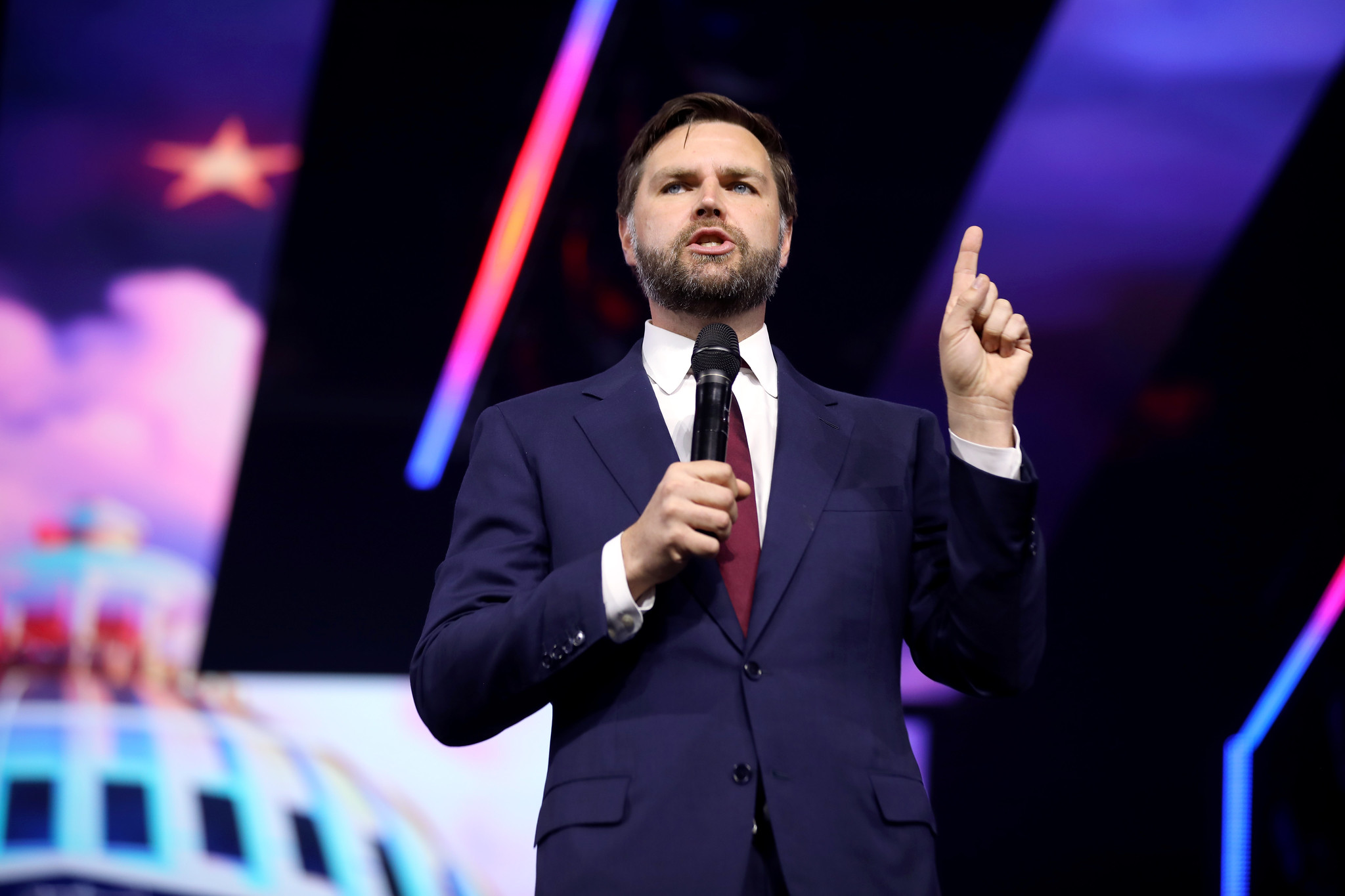Endless War
A review of Robert Gerwarth’s The Vanquished: Why the First World War Failed to End (Farrar, Straus and Giroux, 2016).
***
Published by The Lawfare Institute
in Cooperation With

A review of Robert Gerwarth’s The Vanquished: Why the First World War Failed to End (Farrar, Straus and Giroux, 2016).
***
If it is true, as they say, that the victors write the history, then our understanding of World War I and the century that followed is at the very least incomplete. Take, for example, the seemingly basic question of when the war ended. The standard date–November 11, 1918–privileges the experiences of the victors, most notably France, Great Britain and the United States, all of which use it as a time for national holidays based on war memorialization. Some war memorials use 1914 and 1919 to mark their periodization in recognition of June 28, 1919, the date of the signing of the Treaty of Versailles that legally ended the war with Germany. That date, too, privileges the victors. Moreover, the Paris Peace Conference produced four more treaties, the last, the Treaty of Sèvres, not signed until August 1920 then fundamentally revised by the Treaty of Lausanne in 1923.
At issue is more than simple semantics or the preferences of pedantic historians. By centering our understanding of the war on Britain, France, Germany and the United States we have missed many of the war’s most important and longest-lasting impacts. For one of his chapter’s epigrams, Robert Gerwarth cites German veteran and writer of Storm of Steel Ernst Jünger, who said in 1928, “This war is not the end but the beginning of violence.” Thus, we can understand the “First World War” as not having truly ended until at least 1945 or perhaps even 1991 when the Soviet Union, itself a product of the war, finally collapsed. Even discussing the war in terms of winners and losers misses the point. With the possible exception of the United States and Japan, all states came out of the war far worse off than when they went in—and the people of Europe knew it.
As Gerwarth ably demonstrates, the war energized and, one might say, weaponized, long-standing debates about nationalism and economics. As the four traditional multi-ethnic terrestrial empires of Europe (the Hohenzollern, Romanov, Ottoman and, especially, Habsburg) disintegrated, the national question came to the fore immediately. The triumph of the Bolsheviks in Russia and the rise of fellow travelers in Germany, Hungary and elsewhere highlighted the economic dimensions that the war unleashed. No sooner had the old world shattered than people and groups began to fight over the outlines of the new one.
This process, which went on until the mid-1920s, created a Europe of winners and losers. The vanquished were both soldiers and innocent civilians, such as those massacred in what Ernest Hemingway called the “infernal orgy” of violence that he personally witnessed in Smyrna in 1922 or those made victims of anti-Semitic pogroms throughout eastern Europe. From Dublin to Jerusalem, the aftershocks of the war continued to rumble and to kill. Even if we take the influenza pandemic out of the equation, this period still killed approximately four million people, or about half as many as the war itself.
Robert Gerwarth makes sense of this chaotic and inchoate period of history in his erudite study of the defeated, suitably titled The Vanquished. His is a wide sweeping history of the kind that is normally difficult to write, trying as it does to find commonalities and explanations for so many diverse events. The end result is a persuasive and well-argued book that shifts our attention from Paris, London, Berlin and Washington and toward places like the Baltics, Poland and the emerging country of Yugoslavia. The exhausted great powers played an inconsistent role, attempting to, as Churchill put it, strangle Bolshevism in its grave and have a vote in who the winners and losers ought to be. At other points they stepped away, leaving events to take their own bloody course.
Gerwarth divides the conflicts of this period into three categories (while recognizing that the categories overlap and that the conflicts influenced one another). In the first category, interstate conflicts occurred between existing and emerging nation-states for control of territory and ethnic populations. The peoples in the new Poland or the new Hungary often had little attachment to the idea of a nation-state, accustomed as most were to thinking of themselves in religious, local, or even imperial terms. Thus did Poland and Russia or Greece and Turkey fight wars not just over borders but over the basic identity of the state they were trying to create. The “orgy of violence” that Hemingway observed in Smyrna became an integral part of this process. New states had to be ideologically or ethnically “pure” to justify the costs of creating them.
A second category involved civil wars fought in places as diverse as Ireland, Estonia, and the Caucasus. In some cases, as with the right-wing German paramilitaries known as the Freikorps, these conflicts spilled out to involve one or more of the great powers, but they were essentially about the future direction of a new state. Sometimes ethnic, sometimes ideological, they were essentially about mutually exclusive and competing narratives about how states should interact with the post-war world. How should Ireland co-exist with a tired British Empire or Finland with the revolutionary Soviet Union? The new world order had too many fissures and points of friction to provide any easy answers.
The third, and bloodiest, category involved social and national revolutions like the revolutions in Russia and Hungary. Gerwarth argues that these conflicts were violent but logical extensions of the strikes and mutinies that began across Europe in 1917. At their most extreme, the groups vying for control argued for the extermination of the old order and the murder of those who had sustained it. Out of these conflicts came two ideologies, fascism and Bolshevism, that dominated much of Europe for the next generation and beyond. Trapped in between and pressed from both sides was a democratic-capitalist vision that was supposed to hold the post-1918 world together but found itself incapable of weathering repeated storms, especially after the collapse of the global economy in 1929.
Gerwarth pushes against the so-called “brutalization thesis” that understands this era of violence as a problem of readjustment from four years of total war. Having killed and witnessed killing for so long, this paradigm argues, veterans and entire societies simply could not adjust to peace. Thus did extremism like the Freikorps and the Bolsheviks appeal to those for whom war itself seemed to be the enduring condition of mankind. As Gerwarth argues, however, the brutalization thesis does not explain the profound changes in the 1920s even in places the war did not directly touch like Spain.
Rather, Gerwarth depicts these conflicts as long-term, existential ones effectively muted by the strength of the European system before 1914, especially in the four terrestrial empires noted above. In a few short months in 1917 and 1918, all four collapsed in defeat, ignominy and revolution. The destabilization and destruction of traditional authority created anarchy. In turn, that enabled conflicts, once effectively contained, to come to the surface like a river flooding a peaceful valley after the bursting of a dam. The conflicts of the 1920s, therefore, were less the direct result of the war than of longstanding conflicts enabled after 1918 by a European system no longer able to suppress them. The nominal victors of the war were better able to keep the legitimacy and strength of their systems in place and therefore able to prevent major violent change from striking too close to home.
The distinctive combination of circumstances that appeared in Europe at the end of 1918, according to this argument, unleashed old hatreds within an environment particularly well suited to the formation of paramilitaries and new ideas about the use of organized violence. The killing that resulted targeted civilians with the logic that entire ethnic groups had become existential enemies. Genocide and the widespread intentional killing of civilians, as already practiced in Armenia, became all too easily normalized.
In his epilogue, Gerwarth notes that by the late 1930s only two of the new post-1918 states, Finland and Czechoslovakia, looked anything like the liberal democracies that were once supposed to be the basis of Europe’s future. By 1939 there were, in fact, fewer people living under democracies than had been the case in 1914. Violence and dehumanization (with Jews as a particular target across central and eastern Europe) had become the norm in many of the new regimes. The people running those regimes argued that there were still unsettled scores from the immediate post-war era. Thus does Gerwarth make clear the need to understand two often forgotten legacies of this period: that the process of ending World War I was just as traumatic as the war itself and that even in total wars, the vanquished still play a critical role.




